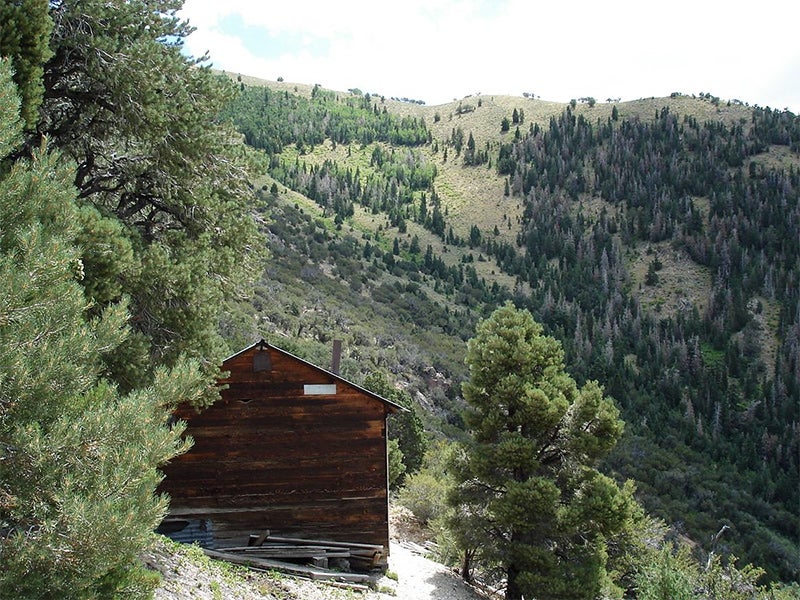Protecting the Deep Creek Wilderness Study Area
The Deep Creek Mountain area is known for its rich biodiversity, perennial streams and solitude. Nearly 70,000 acres in the heart of the range have been designated as the Deep Creek Mountains Wilderness Study Area and are managed for their wilderness qualities.
Clients
Regional Office / Program
Case Overview
The Deep Creek Mountains, located west of Salt Lake City and just east of the Nevada border, are western Utah’s highest mountains, an isolated “island” overlooking the Great Salt Lake Desert dominated by the 12,087-foot Ibapah Peak. This unique range rises 7,800 feet above the surrounding desert lands and is known for its rich biodiversity, perennial streams and solitude. Nearly 70,000 acres in the heart of the range have been designated as the Deep Creek Mountains Wilderness Study Area and are managed for their wilderness qualities. Recreational activities include hunting, wildlife viewing and hiking.
In 2013, the Bureau of Land Management, Juab County, the State of Utah and three conservation groups, represented by Earthjustice, announced a historic agreement that resulted in the resolution of some of the 14,000-plus claims of “highways” brought by Utah and Utah counties. The settlement resolves a long-running dispute over primitive dirt roads and trails in the Deep Creek Mountains of western Utah that balances protection of the remote Deep Creek Wilderness Study Area with motorized vehicle access.
The State of Utah and Juab County agreed to give up claimed roads in several canyons leading into the Deep Creek Mountains, while conservationists agreed not to oppose limited motor vehicle use at two locations where historic use was evident. The State of Utah and Juab County also agreed not to pursue claims for several alleged rights-of-way in neighboring lands proposed for wilderness designation in America’s Red Rock Wilderness Act.
Juab County’s claims were based on R.S. 2477, a Civil War-era statute that granted states and counties rights-of-way across federal lands to meet transportation needs in the sparsely-settled west of the 1800s. Although the law was repealed in 1976, Congress recognized that “valid” rights-of-way would not be extinguished. As no accounting of these routes was required by the antiquated law, the federal government and conservation groups are now engaged in legal battles over the legitimacy of the thousands of routes claimed on federal lands by the State of Utah and counties.

Case Updates
Case page created on August 19, 2013.